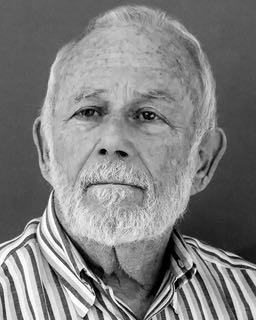by Anne Newins
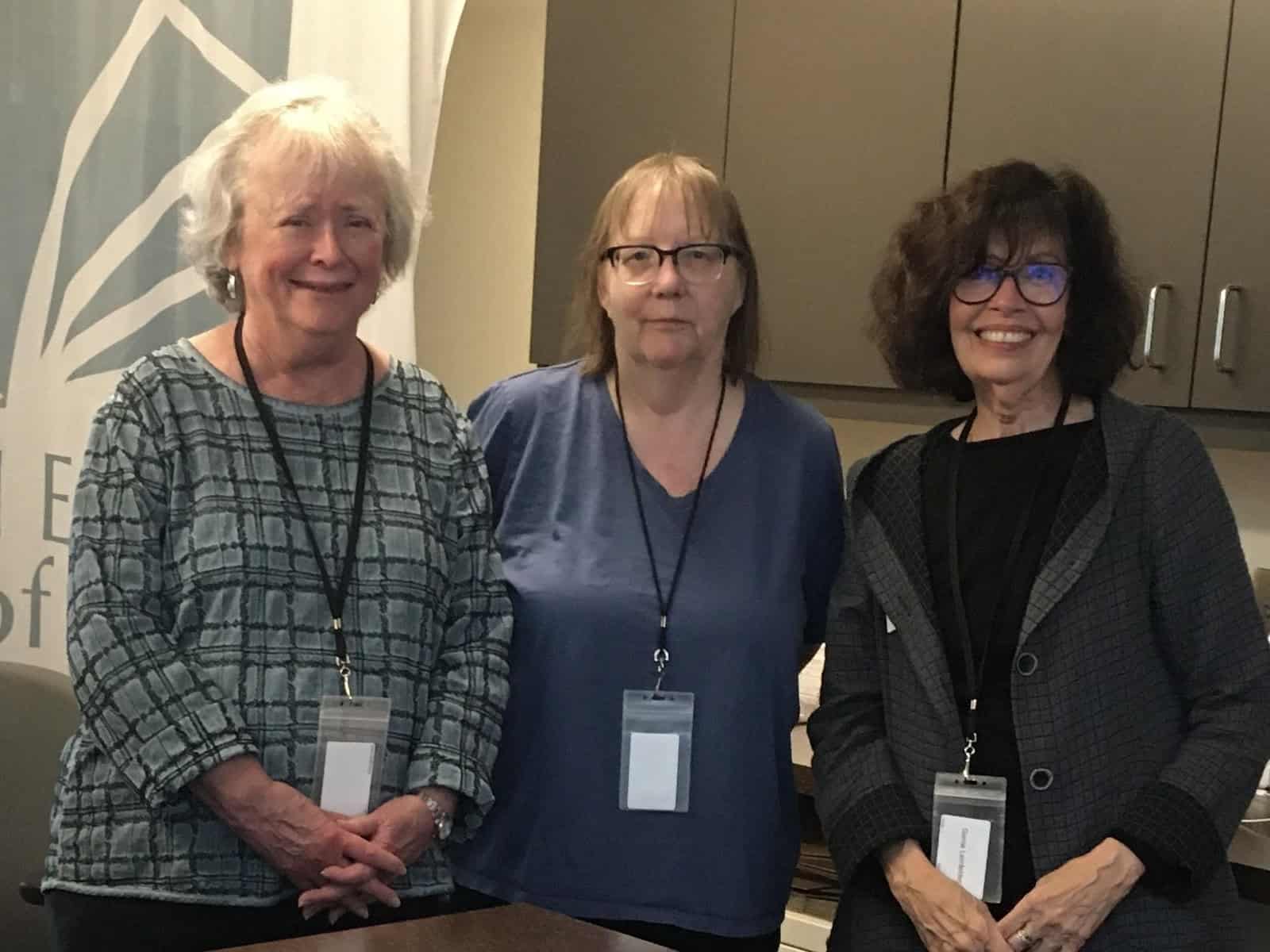
L-R, Volunteer Joan Avery (RVM Resident), Volunteer Coordinator Sandy Winters, Volunteer Gerrie Leinfelter
Hopefully residents have visited the large and modern Medford Library Branch, located at 205 South Central Ave. It is part of Jackson County Library Services (JCLS), which includes fifteen branches. Established in 1919, the library system now serves 220,000 residents and provides access to books, DVDs, and other materials, along with many other services (jcls.org). As a regular patron, I have found the system to be user friendly and a source of many books that we would not expect to find in our own Manor library. Users can suggest books for purchase, and all my requests have been accepted. Their interlibrary loan service is excellent.
Most residents know about the RVM library services provided by our own foundation and the extensive roster of library volunteers. But they may not know that despite the tax-funded library amenities, our Jackson
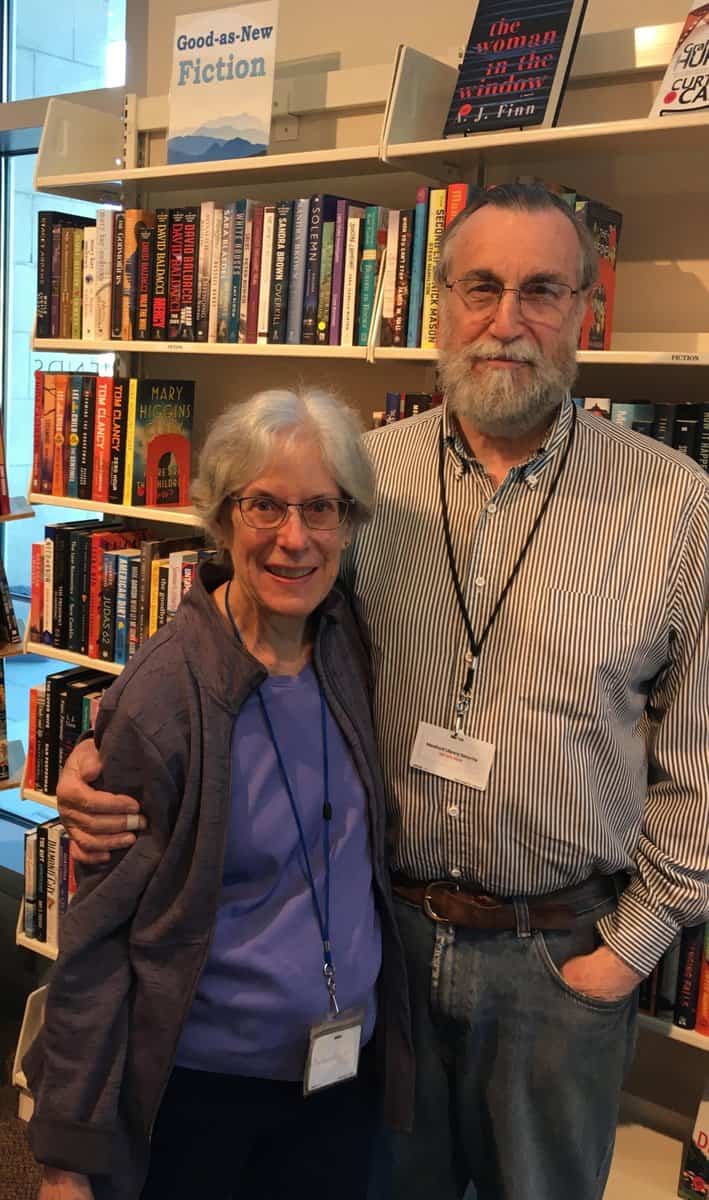
Fred and Barbara Moore in he Medford Library
County system needs friends, too, to deal with unmet needs. To address some of these needs, almost all branches have “Friends” organizations, including the Medford Library branch, whose Friends group is the Friends of the Medford Library (FOML — medfordfriends.org).
I had the pleasure of meeting with Sandy Winters, who oversees Medford Library volunteer activities and external events. Sandy managed a mystery bookshop in New York and has been involved in the book business for much of her life. She believes in getting books to people who need them and that “everyone should have books.”
Among Sandy’s FOML activities are the coordination of the annual Rogue Comic Con fair, with was recently held in downtown Medford, and participating in the Barnstormers Vintage Fair and the upcoming Barnstormers Holiday Fair. Clearance sales are held periodically in the library allowing people to buy books at especially low prices.
Like our foundation, volunteers are the lifeblood of FOML and it is completely run by them. Many visitors have seen their appealing book shop located inside the library building, which is operated by volunteers such as Manor resident Joan Avery. Joan, a retired librarian, said that “it is only logical that I would want to volunteer here. I enjoy talking to the people who come to the shop.” Besides books, the shop also sells attractive stationery, tote bags, very gently used jigsaw puzzles (only $2-$5!) and other items that would make nice gifts. Most of the books for sale are $2 or less.

Fred Moore and travel books
But there are numerous other opportunities beyond working in the shop. Some of these include setting up displays, promoting the bookshop, assisting with events, sorting book donations, and helping with social media. Most recently, the FOML has started a program to support the little free libraries that often are seen in neighborhoods and other locations. Each month, the volunteers prepare bags of books that citizens maintaining these locations can use to replenish their contents.
The FOML has two maze-like store rooms filled with books and other donations, each of which must be individually evaluated. There are a number of categories, with volunteers assigned to review and determine their salability. Two RVM residents, Barbara and Fred Moore, are active behind the scenes. Fred curates the donations related to travel, including guidebooks and more literary works. He said that this section “opens our minds to what is exciting about the world.”
Barbara is on the online sales team. She reviews the donations for possible listing on Amazon. If books are likely to sell for $15 or more, they are listed and priced competitively. Most of the offerings on Amazon sell from about $35 to $50, although one book sold for over $500. Once a book is purchased, she is responsible for packing and mailing. Barbara says that it is fun to see what sells; recently one vintage book sold for $85 and was sent to Hawaii.
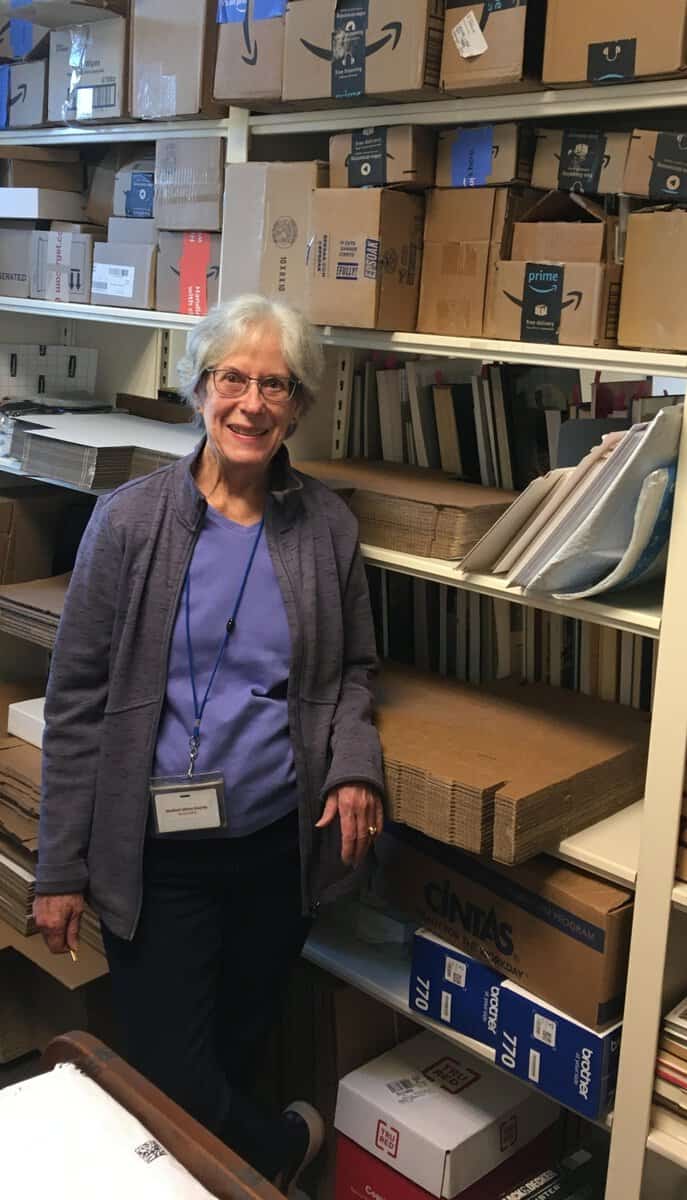
Barbara Moore among the shipping boxes
FOML efforts have supported numerous programs that are not subsidized by the library’s regular budget. Some examples include funding Children’s Library play equipment, the Story Telling Guild and other community programs, outreach for the housebound, lectures, a ukulele music program, bags for book groups, and donating books to Access. Access, our local food bank, will include children’s books along with nourishment.
RVM residents can help in many ways, ranging from contributing money, becoming a member of the Friends of the Medford Library for as little as $10 per year, or donating salable books, jigsaw puzzles, games, or DVDs. Volunteers are always needed. There is much useful information about all these opportunities, as well as other topics, in the FOML website, found at medfordfriends.org.
Asked why they enjoy volunteering at the library, Barbara said that she has “been a lifelong lover of libraries. They are resilient and keep changing with local cultures.” Fred said that volunteering in a library is an “affirmation of the life of the mind.” Please keep the FOML in mind as you consider worthy programs deserving of your support.



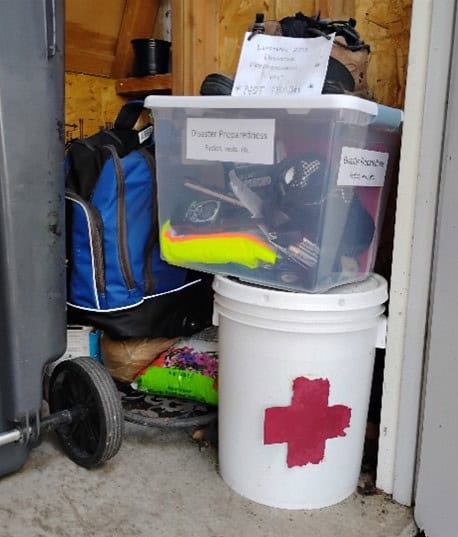
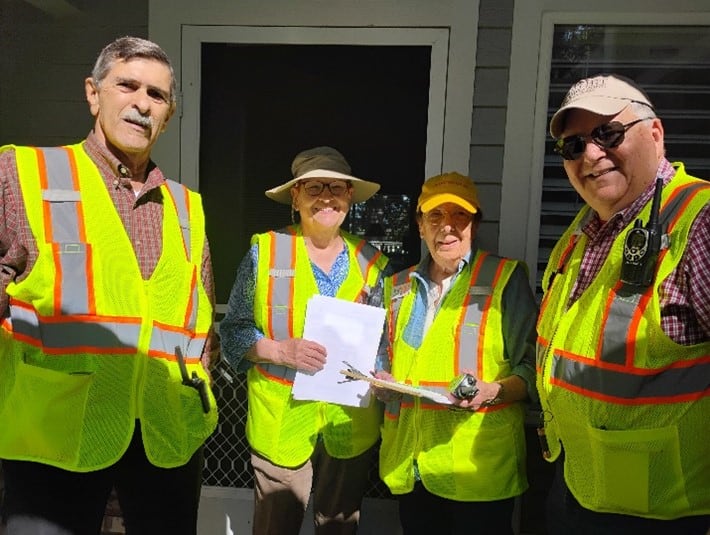
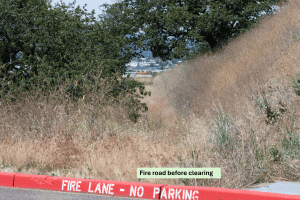
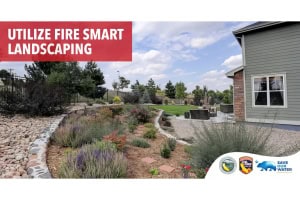
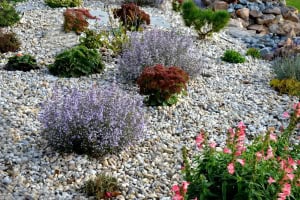






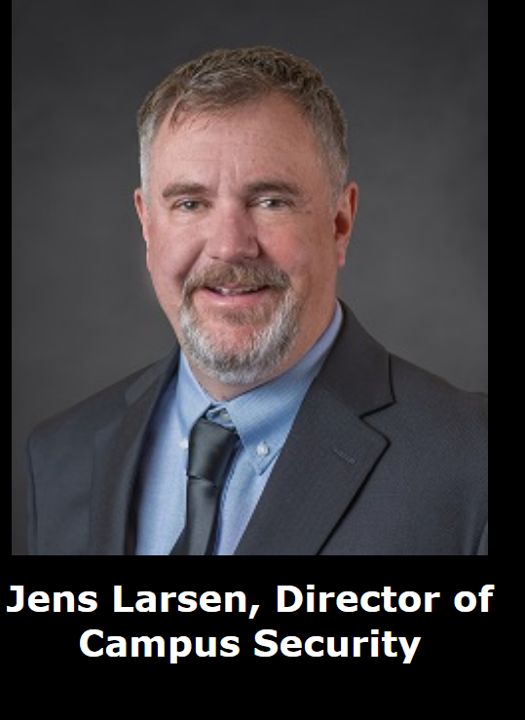 The Department of Campus Security is led by Director Jens Larsen (who is usually addressed as Jens-with-a-J, but will answer to the more ethnically authentic Yens). In addition to Jens, the Department consists of 10 full-time employees and two on-call backups who fill-in for staff absences. All Security employees have Oregon State certification, as well as certification in First Aid, CPR, and defibrillator use (AED).
The Department of Campus Security is led by Director Jens Larsen (who is usually addressed as Jens-with-a-J, but will answer to the more ethnically authentic Yens). In addition to Jens, the Department consists of 10 full-time employees and two on-call backups who fill-in for staff absences. All Security employees have Oregon State certification, as well as certification in First Aid, CPR, and defibrillator use (AED).